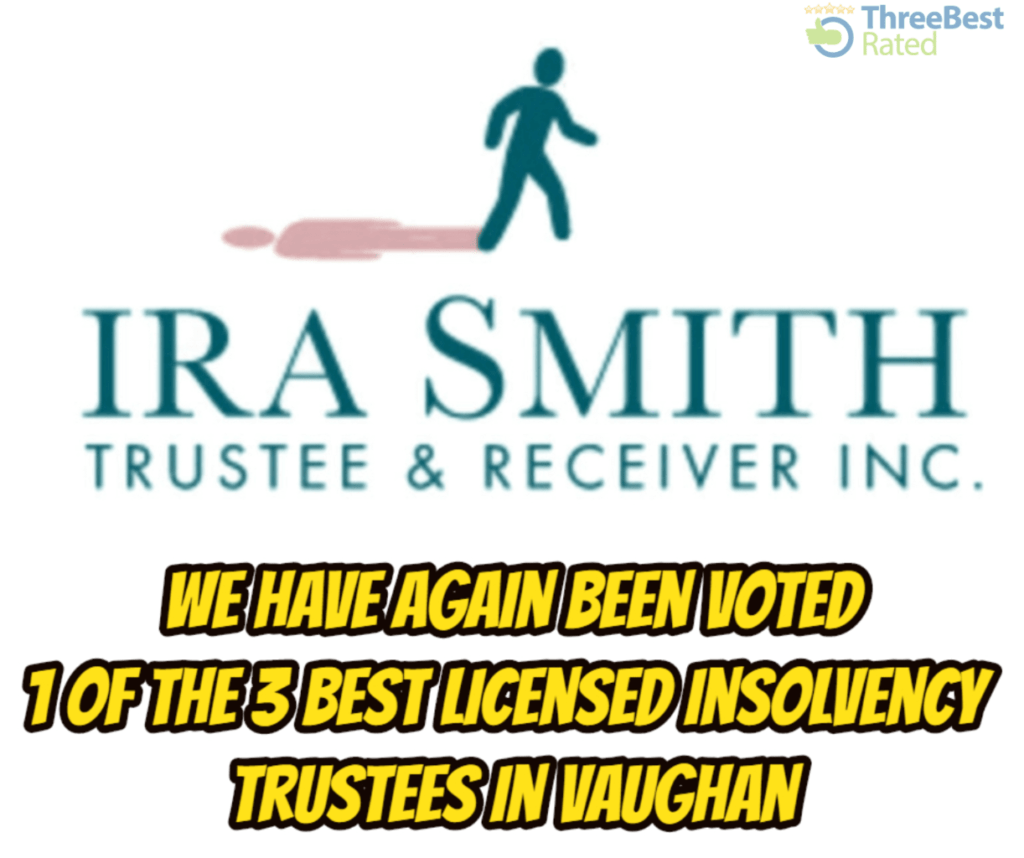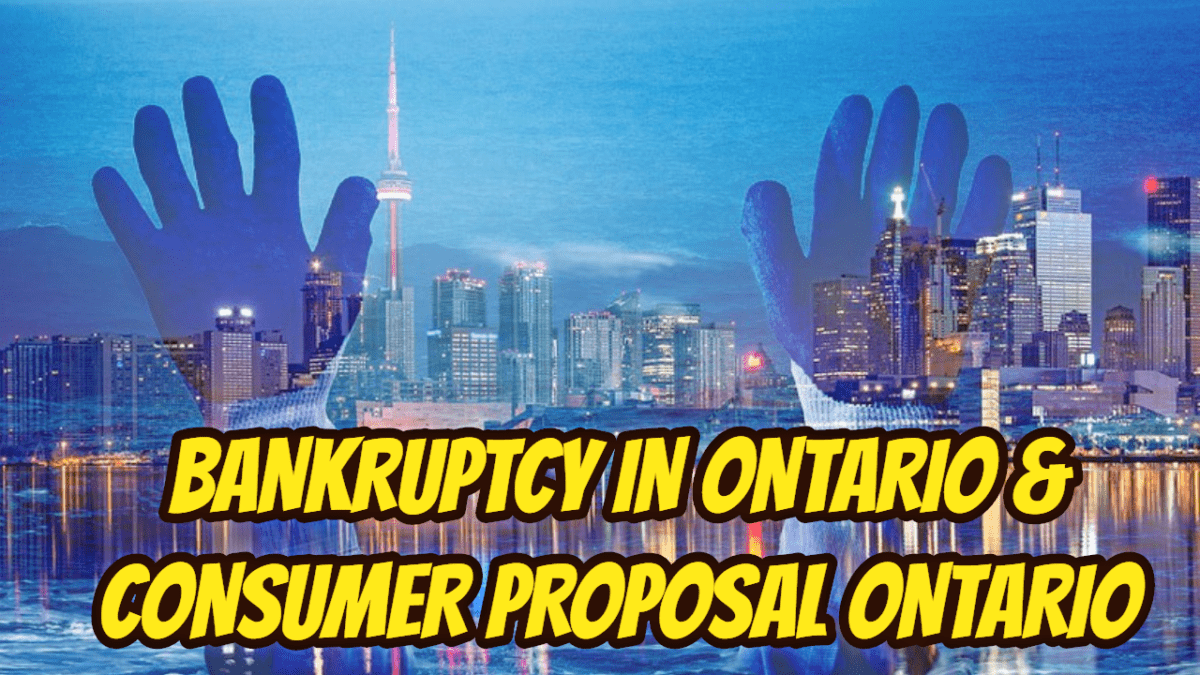
Corporate bankruptcies Canada: Introduction
The U.S. Steel Canada court-supervised restructuring and the court-supervised liquidation of Sears Canada have something in common. They both forced us to focus on the treatment of pensioners in corporate bankruptcies Canada under the Bankruptcy and Insolvency Act (R.S.C., 1985, c. B-3) (BIA) (or restructurings and liquidations under the Companies’ Creditors Arrangement Act (R.S.C., 1985, c. C-36) (CCAA)).
We previously wrote about these pension fund Canada issues and the beginning of the focus in Ottawa for the need for new legislation. My previous blogs were:
- TORONTO BUSINESS BANKRUPTCY PROTECTION: NDP WANTS FEDERAL INSOLVENCY LAWS CHANGED SO THERE IS PENSION PLAN SECURITY WHEN FINANCIALLY TROUBLED BUSINESSES FAIL – September 27, 2017
- SEARS CANADA CLOSING: POLITICIANS WANT NEW LAWS TO PROTECT PENSIONERS DUE TO SEARS CANADA CLOSING – November 1, 2017
- SEARS CANADA DEFINED BENEFIT PENSION PLAN SHORTFALL: MP SCOTT DUVALL COMES THROUGH ON HIS PROMISE IN CANADIAN PARLIAMENT – November 8, 2017
Senator Art Eggleton, P.C., shortly before his retirement proposed BILL S-253, An Act to amend the Bankruptcy and Insolvency Act and other Acts and Regulations (pension plans).
Corporate bankruptcies Canada: Bill S-253
Bill S-253 passed First Reading on September 18, 2018, and Second Reading was moved on September 25, 2018. This Bill proposes to amend the BIA as well as the CCAA. It proposes to make certain that claims for unfunded obligations or solvency deficiencies of a pension are accorded priority. This is for both solvent companies and companies that would be rendered insolvent by certain payments to shareholders..
This proposed legislation likewise would change the Pension Benefits Standards Act, 1985 as well as the Pension Benefits Standards Regulations, 1985 to equip the Superintendent of Financial Institutions to identify that the financing of a pension is impaired and to recommend procedures to be taken by the employer in regard of the financing of such plan.1
Corporate bankruptcies Canada: Is Bill S-253 new?
Yes and no. In our earlier blogs, I told you about the proposals by Bloc Québécois MP Marilène Gill’s Bill, C-372 and Hamilton Mountain NDP MP Scott Duvall rose in the House of Commons for leave to introduce Bill C-384. The amendments proposed to the BIA and CCAA in those proposed Bills, to create a priority for unfunded obligations or solvency deficiencies, are pretty well the same as in Senator Eggleton’s Bill S-253.
However, Senator Eggleton’s Bill goes further. It requires a company to report to the Superintendent of Financial Institutions:
“…of any proposed or actual decision of the employer, transaction or event, including the repurchase of shares of the employer or the payment of dividends to shareholders of the employer…”
that would cause a solvency deficiency and/or render the company insolvent.
Corporate bankruptcies Canada: So what now for Bill S-253?
To become legislation, a Bill needs to initially be presented in either the Senate or the House of Commons. It needs to after that go through numerous phases in each House: 1st, 2nd and 3rd reading. After that, it has to obtain Royal Assent. No doubt there will be a lot of debating and tinkering with this Bill. It will be interesting to see if this Bill makes it all the way through, or dies before becoming legislation.
However, the picture is clear. The result of the Sears Canada dividend payments and asset liquidation is clear. Shareholders received dividends and pensioners will have to take a deep cut in their pensions. This has caught the attention of the legislators in Ottawa. It will be interesting to see if the political will is there for pensioners to be protected in Canadian insolvency cases.
Corporate bankruptcies Canada: Does your company have too much debt?
Is your company experiencing financial difficulties? If yes, call the Ira Smith Team. Our approach for each file is to create an end result where Starting Over, Starting Now takes place. This starts the minute you are at our front door.
The earlier you contact us, the more options we will have to implement. Whether it is a corporate restructuring or personal debt settlement through a consumer proposal, the goal is to avoid bankruptcy. However, if bankruptcy turns out to be the best option, we can assist there too.
You’re simply one phone call away from taking the necessary steps to get back to leading a healthy, balanced hassle-free life, ending the pain and stress you are feeling forever. Call Ira Smith Trustee & Receiver Inc. today for your free consultation.

 Transfer of property under s.160 of the Income Tax Act: Introduction
Transfer of property under s.160 of the Income Tax Act: Introduction












